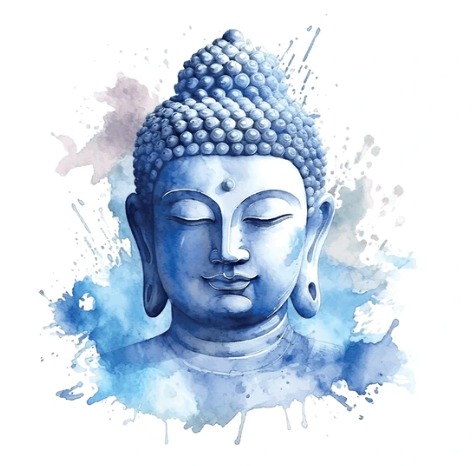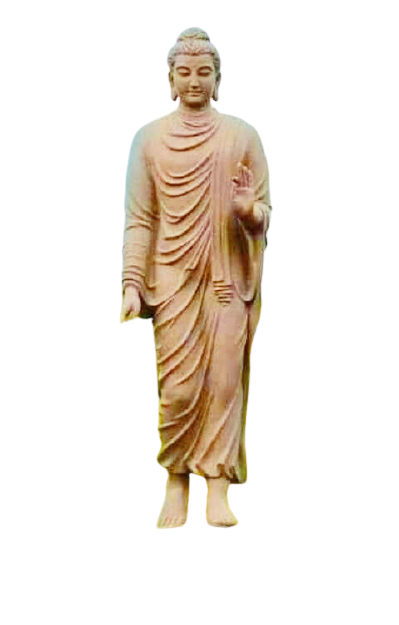Deprecated: http_build_query(): Passing null to parameter #2 ($numeric_prefix) of type string is deprecated in /home2/ambedflx/public_html/wp-content/plugins/social-share-with-floating-bar/social-share-with-floating-bar.php on line 522
Deprecated: http_build_query(): Passing null to parameter #2 ($numeric_prefix) of type string is deprecated in /home2/ambedflx/public_html/wp-content/plugins/social-share-with-floating-bar/social-share-with-floating-bar.php on line 553
Deprecated: http_build_query(): Passing null to parameter #2 ($numeric_prefix) of type string is deprecated in /home2/ambedflx/public_html/wp-content/plugins/social-share-with-floating-bar/social-share-with-floating-bar.php on line 590
Deprecated: http_build_query(): Passing null to parameter #2 ($numeric_prefix) of type string is deprecated in /home2/ambedflx/public_html/wp-content/plugins/social-share-with-floating-bar/social-share-with-floating-bar.php on line 522
Deprecated: http_build_query(): Passing null to parameter #2 ($numeric_prefix) of type string is deprecated in /home2/ambedflx/public_html/wp-content/plugins/social-share-with-floating-bar/social-share-with-floating-bar.php on line 553
Deprecated: http_build_query(): Passing null to parameter #2 ($numeric_prefix) of type string is deprecated in /home2/ambedflx/public_html/wp-content/plugins/social-share-with-floating-bar/social-share-with-floating-bar.php on line 590
Deprecated: mb_convert_encoding(): Handling HTML entities via mbstring is deprecated; use htmlspecialchars, htmlentities, or mb_encode_numericentity/mb_decode_numericentity instead in /home2/ambedflx/public_html/wp-content/plugins/social-share-with-floating-bar/social-share-with-floating-bar.php on line 800
Deprecated: http_build_query(): Passing null to parameter #2 ($numeric_prefix) of type string is deprecated in /home2/ambedflx/public_html/wp-content/plugins/social-share-with-floating-bar/social-share-with-floating-bar.php on line 553
Deprecated: http_build_query(): Passing null to parameter #2 ($numeric_prefix) of type string is deprecated in /home2/ambedflx/public_html/wp-content/plugins/social-share-with-floating-bar/social-share-with-floating-bar.php on line 590
Deprecated: http_build_query(): Passing null to parameter #2 ($numeric_prefix) of type string is deprecated in /home2/ambedflx/public_html/wp-content/plugins/social-share-with-floating-bar/social-share-with-floating-bar.php on line 553
Deprecated: http_build_query(): Passing null to parameter #2 ($numeric_prefix) of type string is deprecated in /home2/ambedflx/public_html/wp-content/plugins/social-share-with-floating-bar/social-share-with-floating-bar.php on line 590

The Buddha’s path, often referred to as the Middle Way or the Noble Eightfold Path, manifests in modern life in various ways, adapting to contemporary contexts while retaining its core principles. Here are some ways the Buddha’s teachings appear in modern life .

Mindfulness and Meditation
Mindfulness Practices: Mindfulness, derived from Buddhist teachings, is widely practiced and integrated into various aspects of daily life, including work, education, and therapy. Programs like Mindfulness-Based Stress Reduction (MBSR) and Mindfulness-Based Cognitive Therapy (MBCT) are popular.
Mindfulness Practices: Mindfulness, derived from Buddhist teachings, is widely practiced and integrated into various aspects of daily life, including work, education, and therapy. Programs like Mindfulness-Based Stress Reduction (MBSR) and Mindfulness-Based Cognitive Therapy (MBCT) are popular.Meditation Retreats: Many people attend meditation retreats to deepen their practice and gain insights into their minds. These retreats can range from a few days to several months and are available worldwide.
Ethical Living
Right Speech: Emphasis on mindful communication, avoiding harmful speech, gossip, and lies. This is applied in personal relationships and professional settings to foster better communication and understanding.Right Action: Encouraging ethical behavior, including non-violence, honesty, and respect for all living beings. This is reflected in movements for social justice, animal rights, and environmental sustainability.
Mental and Emotional Well-being
Right Effort: Focusing on positive mental states and cultivating qualities like kindness, compassion, and equanimity. This is evident in practices like loving-kindness meditation (metta) and compassion training.Therapeutic Applications: Buddhist principles are integrated into various psychotherapies. Techniques like cognitive-behavioral therapy (CBT) and acceptance and commitment therapy (ACT) often incorporate mindfulness and acceptance, rooted in Buddhist thought.
Simplifying Life
Simplifying Life
- Minimalism: The concept of the Middle Way promotes a balanced approach to life, avoiding extremes of indulgence and austerity. This is echoed in the modern minimalist movement, which advocates for simple living and reducing material possessions.
Community and Service
- Engaged Buddhism: A movement that applies Buddhist principles to social, political, environmental, and economic issues. Prominent figures like Thich Nhat Hanh have advocated for peace, human rights, and ecological sustainability.
- Volunteerism and Charity: Many Buddhists engage in volunteer work and charitable activities, reflecting the teaching of compassion and helping others.
Professional Life
- Ethical Business Practices: Some businesses incorporate Buddhist principles, promoting ethical conduct, mindfulness in the workplace, and corporate social responsibility.
- Mindful Leadership: Leaders and managers use mindfulness to improve decision-making, foster a positive work environment, and enhance emotional intelligence.
Education
- Mindfulness in Schools: Mindfulness programs are increasingly being introduced in schools to help students develop focus, emotional regulation, and resilience.
- Academic Studies: Buddhist philosophy and psychology are subjects of academic study, contributing to a deeper understanding of human behavior and mental processes.
Personal Growth
- Self-Reflection: Regular practices of meditation and mindfulness encourage self-reflection, leading to personal growth and a deeper understanding of one’s thoughts and emotions.
- Balance and Harmony: Individuals strive to find a balance between work, family, and personal time, following the Middle Way to lead a harmonious life.
Global Influence
- Interfaith Dialogue: Buddhist teachings contribute to interfaith dialogue, promoting mutual understanding and respect among different religious traditions.
- Cultural Adaptation: As Buddhism spreads globally, it adapts to different cultures, integrating with local customs and traditions while maintaining its core teachings.
In these various ways, the Buddha’s path continues to influence and shape modern life, offering timeless wisdom for addressing contemporary challenges and enhancing overall well-being.


